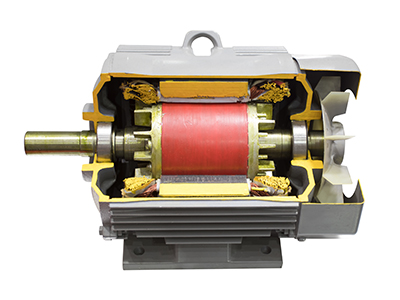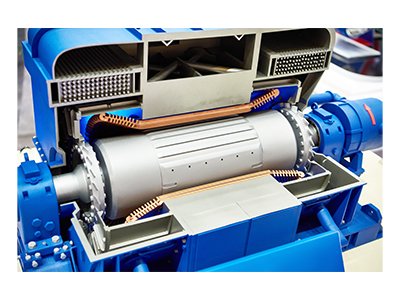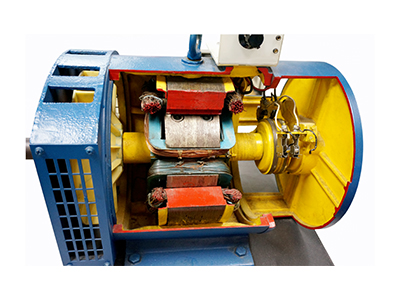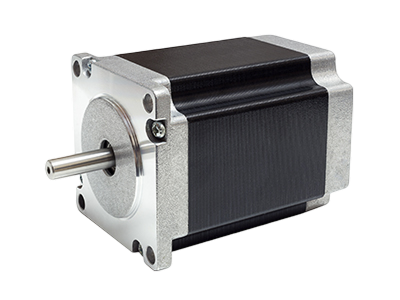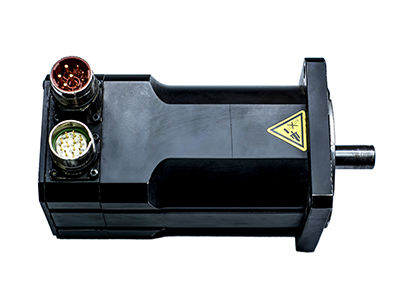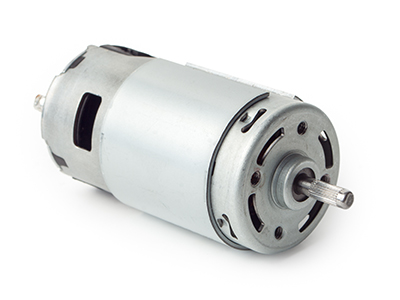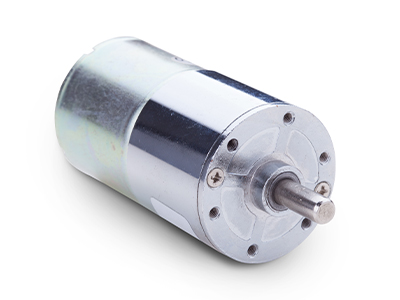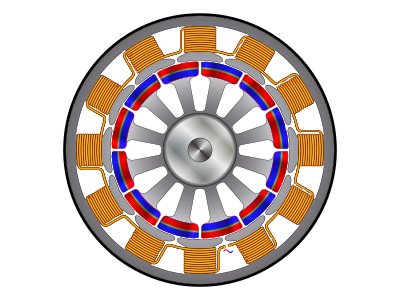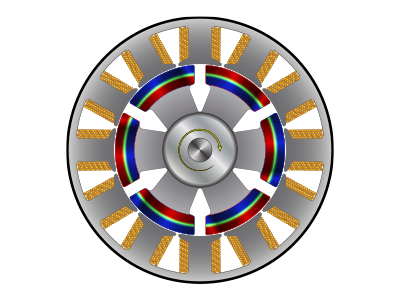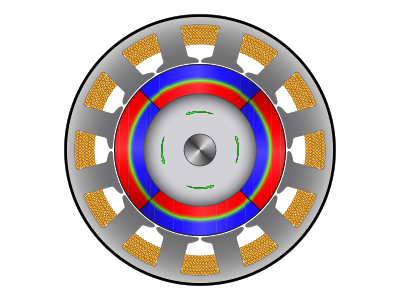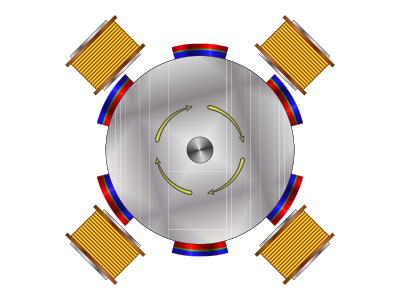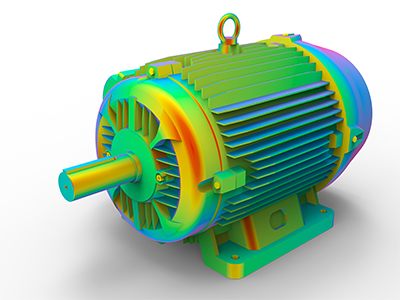Risk is present in every system. It can be in design, operation or maintenance. Small risks can grow into large failures if not managed. This is why safety must be built into the system from the start. System Safety Engineering plays a central role in this process. It is a method that looks at hazards before they cause harm. It also ensures risks are reduced to a level that can be accepted.
At DANSOB Engineering Service Solutions, we understand that safety is not an option. It is a core part of every project. Our focus on system safety engineering and management helps our clients control risks, protect people, and improve system life.

What Is System Safety Engineering?
System Safety Engineering is a structured way to find risks. It studies hazards, their causes, and their effects. It is different from general safety checks. It goes deeper into design, process, and function. It is applied from the concept to the retirement of a system.
The goal is simple. Prevent accidents, save lives, and protect assets. This is done with planned steps, reviews, and proven tools.
Why System Safety Matters in Risk Management?
Risk management without safety is incomplete. Risks in a system may not only affect cost or schedule. They can also affect health, life, and the environment. System Safety Engineering ensures that safety risks are not missed or overlooked. System Safety Engineering strategies also includes the following:
- It finds hidden hazards early.
- It prevents failures before they occur.
- It ensures safety is balanced with performance.
- It reduces costs linked to accidents or downtime.
By applying system safety engineering and management, companies can achieve both safety and reliability.
Key Elements of System Safety Engineering
1. Hazard Identification
The first step is to identify the hazard. Hazards can come from design flaws, human errors, or environmental factors. A structured method is used to detect each one.
2. Hazard Analysis
Once hazards are identified, their risks are studied. This includes the chance of them happening and the harm they can cause. Tools like FMEA, FTA, and HAZOP are often utilized to espouse System Safety Assessment (SSA) analyses.
3. Safety Controls
Controls are steps to stop or lower the risk. These can be design changes, added safety devices, or new procedures. The goal is to reduce risk to an acceptable level.
4. Verification and Validation
Every control must be tested. This ensures that the solution works in real use. Testing, simulation, and review are part of this Product Development Phase.
5. Continuous Monitoring
Safety does not end after delivery. Risks can change with time, usage, and new technology. Monitoring ensures safety is always updated.

System Safety Engineering and Management
At DANSOB, we follow a full process of system safety engineering and management. This means we do not only find hazards. We also plan, manage, and track safety from start to finish. System Safety Engineering practises entails:
- Planning: Safety is built into the project plan.
- Execution: Hazards are tracked with tools and data.
- Review: Regular checks keep the system safe.
- Reporting: Clients get clear safety records and updates.
This method ensures risks are managed in a controlled and professional way.
Role of DANSOB in Delivering Safety Solutions
DANSOB has strong expertise in System Safety Engineering. Our team includes skilled engineers with deep industry knowledge. We serve sectors like aerospace, defense, automotive, medical, and utilities.
We bring value in the following ways:
- Early hazard detection saves time and money.
- Custom solutions match client needs.
- Compliance with safety standards ensures trust.
- Focus on both people and assets to build long-term success.
When clients choose us, they gain not only safety, but also assurance.
Benefits of System Safety Engineering
- Improved Reliability: Systems run better and longer when safety is built in.
- Cost Savings: Preventing accidents saves on repair and legal costs.
- Compliance: Safety standards and regulations are met.
- Protection of Life: Human safety is always at the center.
- Reputation: Safe systems create trust with customers and stakeholders.
Application Across Industries
- Aerospace: Safety in flight systems and equipment.
- Defense: Safety in mission-critical assets.
- Automotive: Safety in design and vehicle control.
- Medical: Safety in devices and patient care systems.
- Utilities: Safety in power plants and distribution.
- Oil and Gas: Safety in drilling and transport systems.
In every industry, risks differ. But system safety engineering and management provide the common base for risk control.

Future of System Safety Engineering
As systems grow complex, risks also grow. With smart systems, AI, and automation, new hazards appear. This makes System Safety Engineering more important than ever.
At DANSOB, we are ready for the future. We invest in training, tools, and methods to stay ahead. Our clients can trust that we bring modern solutions to modern risks.
FAQs
1. What is System Safety Engineering?
It is a method to find, study, and control risks in a system. It ensures safety is part of the design, operation, and maintenance activities.
2. How is it different from general safety checks?
General checks look at rules and compliance. System Safety Engineering looks deeper. It finds risks in design and function before they lead to harm.
3. Why should companies invest in system safety engineering and management?
It saves cost, protects people, ensures compliance, and builds trust. It also prevents accidents that can cause major loss.
4. What industries benefit from it?
It is useful in aerospace, defense, automotive, medical, utilities, oil and gas, and many more.
5. How does DANSOB support clients in this field?
We provide end-to-end services. From hazard detection to system monitoring, we deliver tailored safety solutions that meet industry needs.
Conclusion
Safety is not a choice. It is a need. System Safety Engineering makes risk management complete. It prevents accidents, saves lives, and protects assets. At DANSOB, we bring strong expertise to system safety engineering and management. Our focus is on building safe, reliable, and trusted systems for our clients.
When you choose us, you choose safety, quality, and peace of mind

